Revenge of the Sith: Duels of Darkness, Betrayal, and the Fall of the Jedi
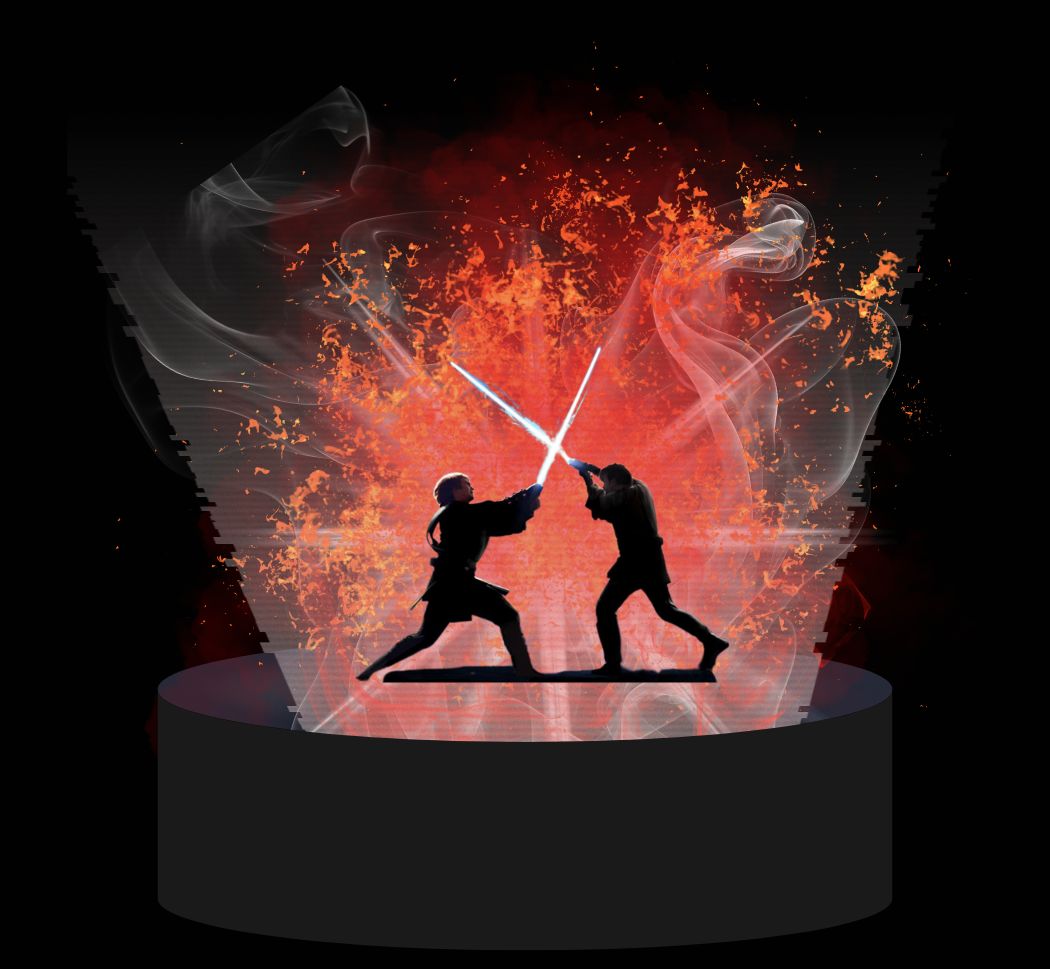
Revenge of the Sith unleashes the most pivotal lightsaber duels in Star Wars, marking the tragic fall of the Jedi and rise of the Sith. From Anakin’s execution of Count Dooku to his fiery showdown with Obi-Wan on Mustafar, each battle reveals betrayal, loss, and the collapse of trust. Yoda and Mace Windu fight for the soul of the Republic, but deception prevails. In every duel, legacies are severed and darkness ascends—leaving only exile and flickers of hope behind.
Revenge of the Sith: Duels of Darkness, Betrayal, and the Fall of the Jedi
Revenge of the Sith stands as the most lightsaber-intensive installment in the Star Wars saga, serving as a crucible where years of relationships, alliances, and betrayals culminate in a fiery collapse of the Jedi Order.

The film’s numerous duels are far more than thrilling battles; they are final chapters in bonds forged through war and conflict, marking key turning points that ripple throughout the galaxy’s fate. Each clash—from pupil and master to warrior and Sith Lord—builds upon one another like a chain reaction, driving the tragic fall of the Jedi and the ominous rise of the Sith Empire.
As the saga reaches its darkest hour, the duels expose the tragic fractures between heroes and reflect the insidious seduction of the dark side.
These confrontations don’t just decide physical survival; they define loyalties and shatter ideals. Through this article, we will journey through these pivotal lightsaber battles that transform former allies into mortal enemies and lay the foundation for a new galactic order ruled by tyranny and shadow.
Obi-Wan Kenobi and Anakin Skywalker vs Count Dooku: A Jedi’s Last Lesson
The opening duel aboard the Invisible Hand is a harrowing initiation into the film’s descent into darkness.
Count Dooku, with his poised elegance and Sith experience, initially dominates, taunting Obi-Wan and probing Anakin’s vulnerability to anger and fear.
Obi-Wan’s calm, measured defense contrasts sharply with Anakin’s growing aggressiveness, foreshadowing the young Knight’s unraveling self-control. The choreography reflects this tension—Dooku’s lightsaber and his precise strikes against Obi-Wan’s defensive posture, with Anakin’s fiery burst chipping away at the facade of Jedi composure.
The moment Palpatine urges Anakin to execute Dooku marks a profound rupture in the Jedi moral code and Anakin’s soul.
Without hesitation, Anakin decapitates the defenseless Sith Lord, crossing a point of no return. This brutal act foreshadows his inexorable pull toward the dark side and signals the beginning of the Jedi’s fall from grace as mercy and justice are supplanted by fear and ambition.
Obi-Wan Kenobi vs General Grievous: Precision vs Ferocity on Utapau
On the sinkhole world of Utapau, Obi-Wan faces General Grievous in a battle that escalates from traditional lightsaber combat to brutal, unarmed struggle.
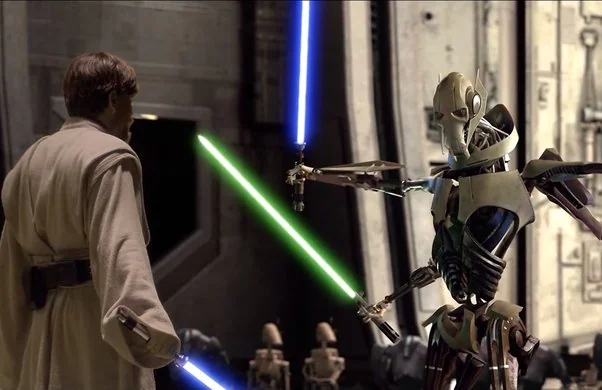
Grievous’s reveal of wielding four lightsabers simultaneously showcases his terrifying mechanical ferocity and cunning, overwhelming opponents by sheer force and unpredictability.
The duel’s choreography intersperses frantic saber exchanges with intense hand-to-hand combat, highlighting Obi-Wan’s adaptability and mastery of Form III (Soresu), focused on defense and survival against overwhelming odds.
The battle’s climax—a blaster shot that ends Grievous’s threat—carries a pointed and bitter irony.
Obi-Wan’s dry comment, “so uncivilized,” critiques the era’s brutal technological warfare, emphasizing the dying tradition of Jedi honorable combat. The scene encapsulates the clash between ancient discipline and cold mechanization that defines the Republic’s decline, underscoring the tragedy engulfing the galaxy and the Jedi Order.
Mace Windu vs Darth Sidious: A Duel of Masters and Deception
Mace Windu’s confrontation with Darth Sidious is a tightly choreographed storm of power and deception.

In seconds, Sidious dispatches Jedi Masters Agen Kolar, Kit Fisto, and Saesee Tiin with fatal Force lightning, demonstrating the Sith Lord’s overwhelming might and ruthlessness. Windu responds with the deadly Form VII style Vaapad, channeling the dark side’s raw energy without succumbing to it—a risky and masterful dance on the edge of darkness that few Jedi could manage.
The duel’s outcome remains debated: while Windu seemingly gains the upper hand with his purple saber, Sidious’s subsequent maneuvers suggest deceit and preparation for victory. Anakin’s heartbreaking betrayal seals Windu’s fate, marking the definitive death blow to Jedi authority and the triumph of Sith manipulation.
This duel symbolizes the Jedi’s spiritual and institutional collapse amidst overwhelming deception and the seductive, corrupting influence of power.
Yoda vs Darth Sidious: Power Unleashed in the Heart of the Empire
Within the ornate Senate chamber, Yoda and Sidious engage in a spectacular and symbolic showdown that doubles as a violent contest and ideological clash. Yoda’s graceful, acrobatic fighting style, punctuated by precise Form IV movements, exemplifies his seasoned wisdom and spiritual strength.
Sidious counters with fierce, chaotic strikes and devastating Force lightning, embodying raw ambition and destructive power.
Beyond technique, their duel represents hope versus tyranny, knowledge versus domination. Yoda fights not merely to win but to preserve the Republic’s soul, even as he recognizes the Jedi Order’s inevitable decline.
His eventual retreat into exile symbolizes the extinguishing presence of Jedi influence and the dawning of a dark era, casting a long shadow over the galaxy and setting the stage for the Empire’s reign.
Obi-Wan Kenobi vs Anakin Skywalker: The Duel on Mustafar
The duel on the volcanic terrain of Mustafar stands as the emotional climax of the prequel saga, symbolizing the shattering of brotherhood and the birth of Darth Vader. Their battle unfolds across rivers of lava and treacherous landscapes, mirroring the volatility and destruction of their bond.
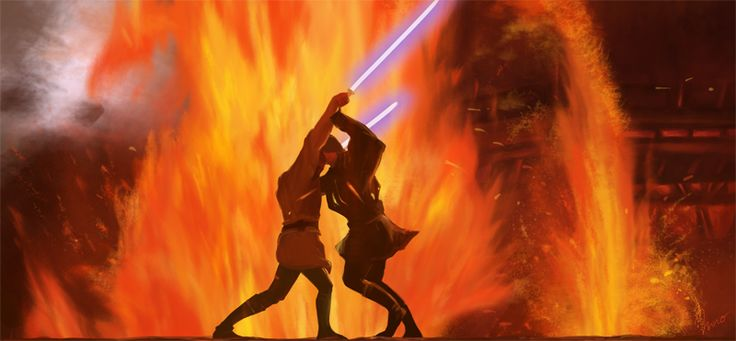
Obi-Wan’s precise and defensive use of Soresu contrasts with Anakin’s brutal, rage-fueled Form V aggression, intensifying the tragic nature of their encounter.
Dialogue punctuates the fight, with Obi-Wan’s anguished cry, “You were my brother, Anakin!” underscoring the depth of betrayal and heartbreak.
The duel’s devastating conclusion—Anakin’s grievous injuries and immolation—signals the literal and figurative death of the Jedi Knight and the emergence of a Sith willing to sacrifice everything in the name of power and control. This iconic duel embodies the saga’s themes of loss, consequence, and the fine line between light and darkness.
Yoda vs the Clone Betrayal: The Shortest Yet Most Insightful Clash
In a haunting scene emblematic of Order 66’s sudden horror, Yoda swiftly turns his blade against former allies as clone troopers initiate the purge.
The duel is brief yet potent—the stoic Jedi Master silently dispatches those he once fought alongside. The sadness evident in his silent expressions conveys a deeper tragedy: betrayal not only by enemies but from within, shaking the very foundations of the Republic.
This moment foreshadows Yoda’s choice to abandon direct confrontation in favor of survival and preservation. His decision to flee rather than engage in prolonged combat marks a strategic retreat that enables hope to endure.
The duel is a silent testament to the Jedi’s tragic plight—caught between duty and survival, their legacy preserved by sacrifice rather than triumph.
Jedi vs Clone Troopers: Order 66 and the Quiet Duels of Death
The montage of Jedi falling to their own clone soldiers in Order 66 is among the most devastating sequences in Star Wars history.
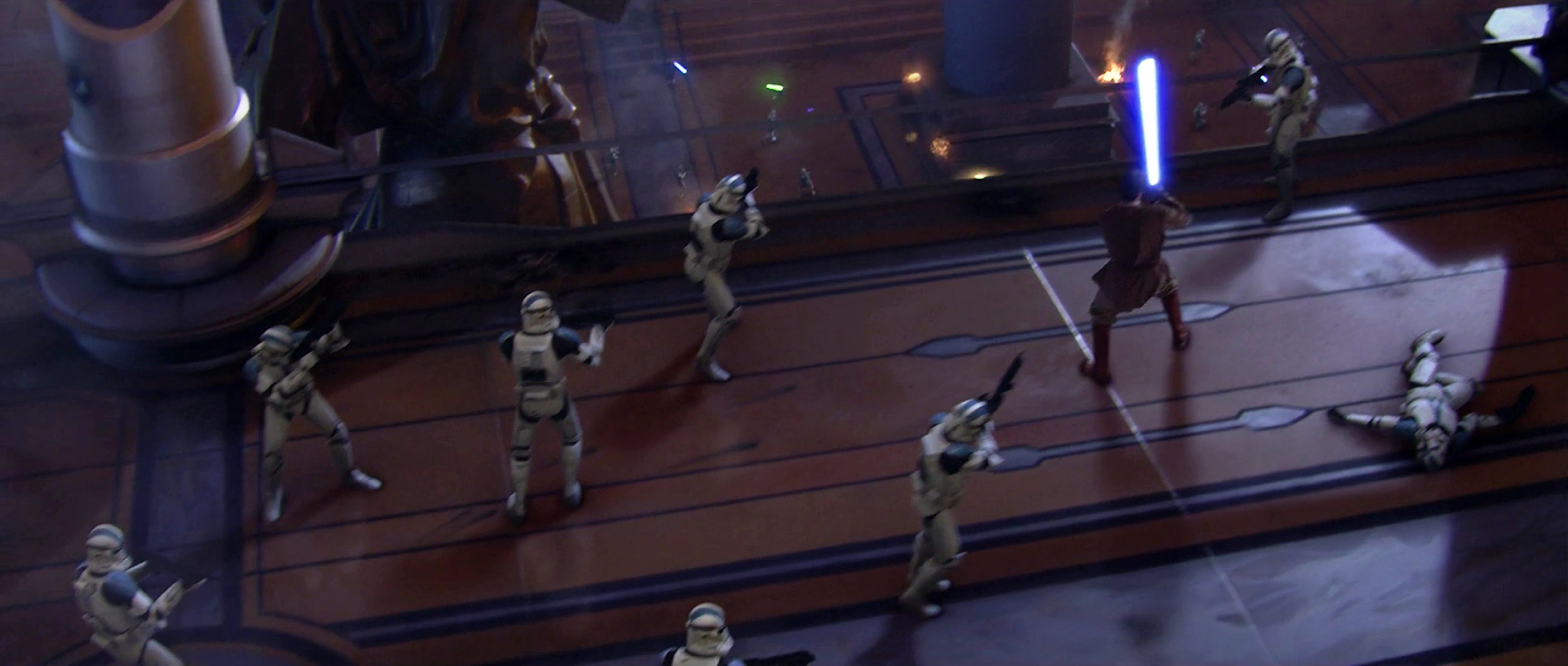
Figures such as Ki-Adi-Mundi, Aayla Secura, Plo Koon, and Stass Allie meet sudden, treacherous deaths that mark the eradication of the Jedi as a galactic force. These are not formal duels; they are brutal betrayals by once-trusted comrades, underscoring the fragility of trust and the ruthless efficiency of the Sith’s plan.
Each killing carries symbolic weight—signaling the end of an era of peace and the ascendancy of darkness.
These deaths are silent yet powerful gestures of the galaxy’s shift into shadow. The visual contrast of Jedi lightsabers igniting in defense against the merciless blaster fire of their own troops encapsulates the collapse of trust and the tragedy of the Jedi fall.
Duel by Philosophy: Padmé, Anakin, and the Final Words Before Ruin
On the fiery banks of Mustafar, Padmé Amidala and Anakin Skywalker engage in a confrontation steeped in emotional and ideological conflict rather than physical combat.
Their exchange is a duel of contrasting truths—Padmé’s pleading for reason and love clashes with Anakin’s fearful assertion of control and destiny.
Her words, “You’re going down a path I can’t follow,” resonate as the pivotal spiritual schism between them.
This dialogue encapsulates the tragic unraveling of love, hope, and trust. Anakin’s rage surfaces with the chilling Force choke that symbolizes the destruction of their bond and the collapse of everything he sought to protect.
Their confrontation foreshadows the devastating consequences of fear and possessiveness, underscoring the human cost behind the galactic war.
The Lightsaber as Legacy: From Jedi Weapon to Sith Instrument
Anakin’s lightsaber, wielded in acts as noble as saving the galaxy and as horrific as murdering younglings, encapsulates the complex legacy of the Jedi and Sith.
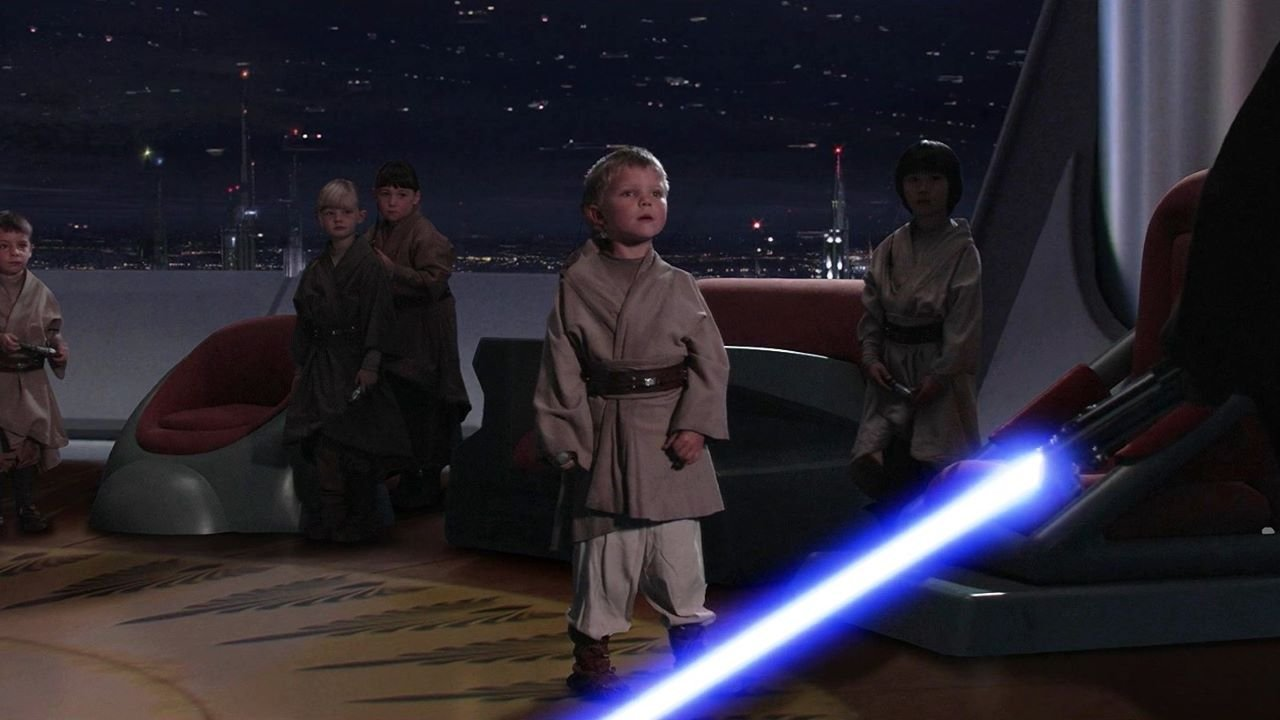
After the Order’s fall, Obi-Wan’s retrieval of the bloodied weapon from Mustafar serves as a symbol of hope and continuity—an unbroken link to the light even in the darkest times. This saber would later become Luke Skywalker’s emblem of resistance and redemption.
The lightsaber endures beyond the cathedral-like halls of the Jedi Temple and the ruins of war, representing both loss and possibility.
It is a tangible manifestation of lineage and legacy, carrying the stories and scars of past wielders. Through this blade, the saga reminds us that even as darkness rises, the spark of hope and light remains ready to be reignited.
Final Thoughts: Revenge by Blade, Redemption Still Distant
Revenge of the Sith uses its duels not merely to thrill but to illustrate the shattering of ideals and the seductive pull of power.
Each fight fractures the bonds between friends and mentors, revealing the profound costs of war and temptation.
The Jedi collapse not from simple weakness but from an enemy who knows them intimately and exploits their deepest flaws.
Though the film’s duels end in darkness and despair, they plant seeds of redemption and resistance in exile and survival. The conflict between light and dark continues, fueled by sacrifice and hope.
These iconic battles resonate because they are not just about swings of a blade—they are moments where fate, identity, and legacy are forged in fire.








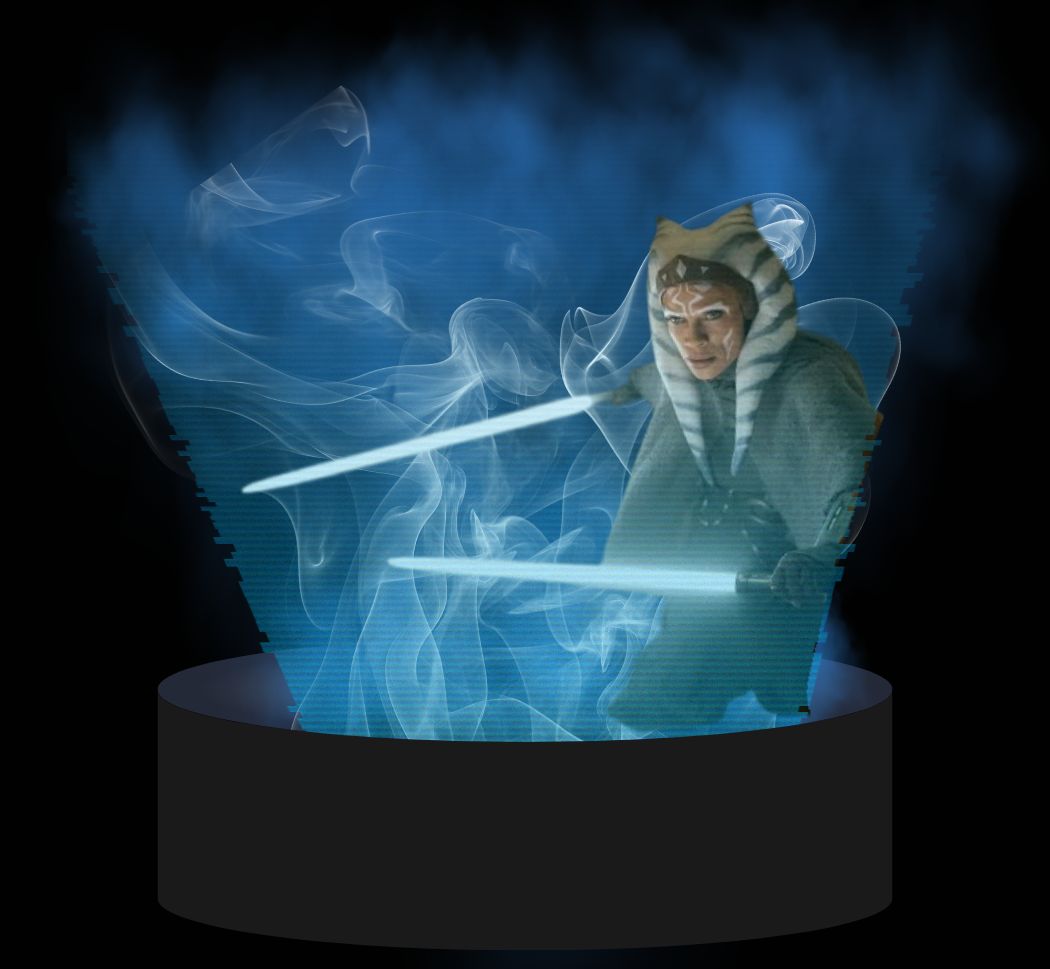
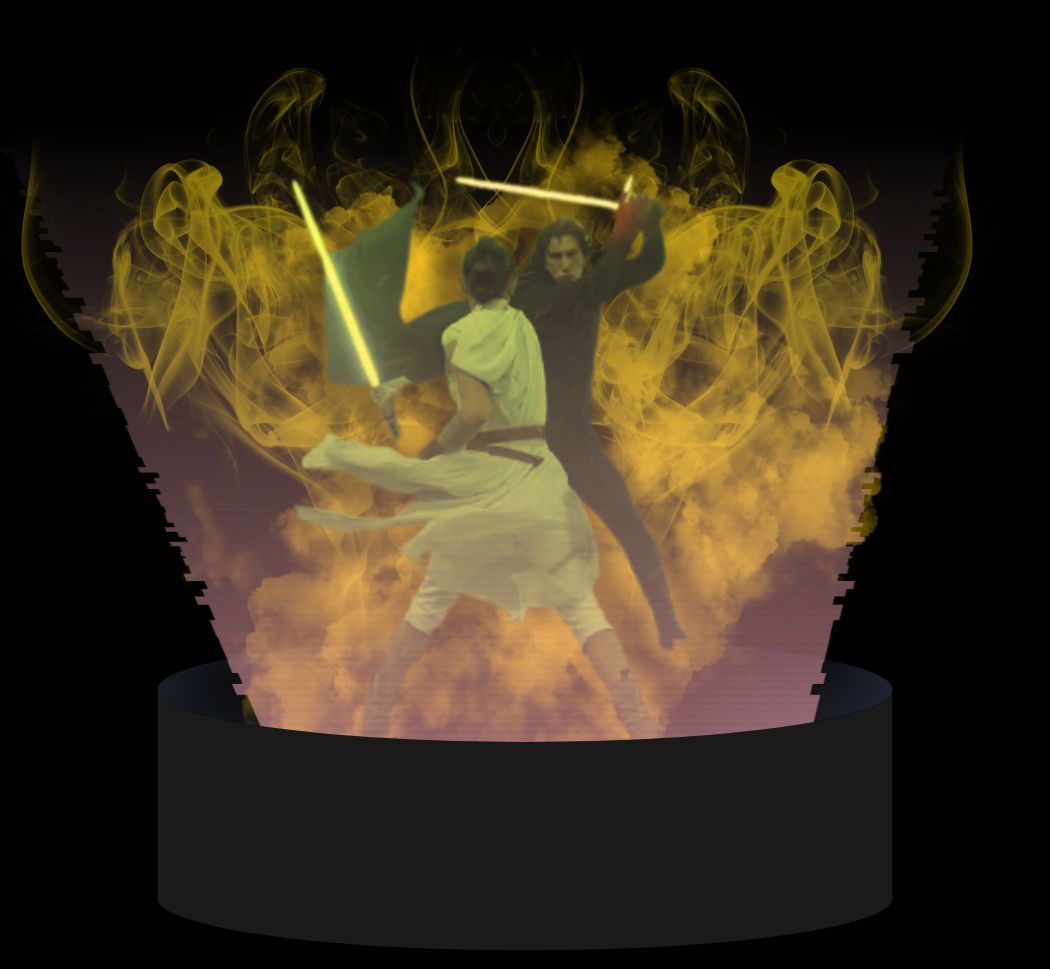
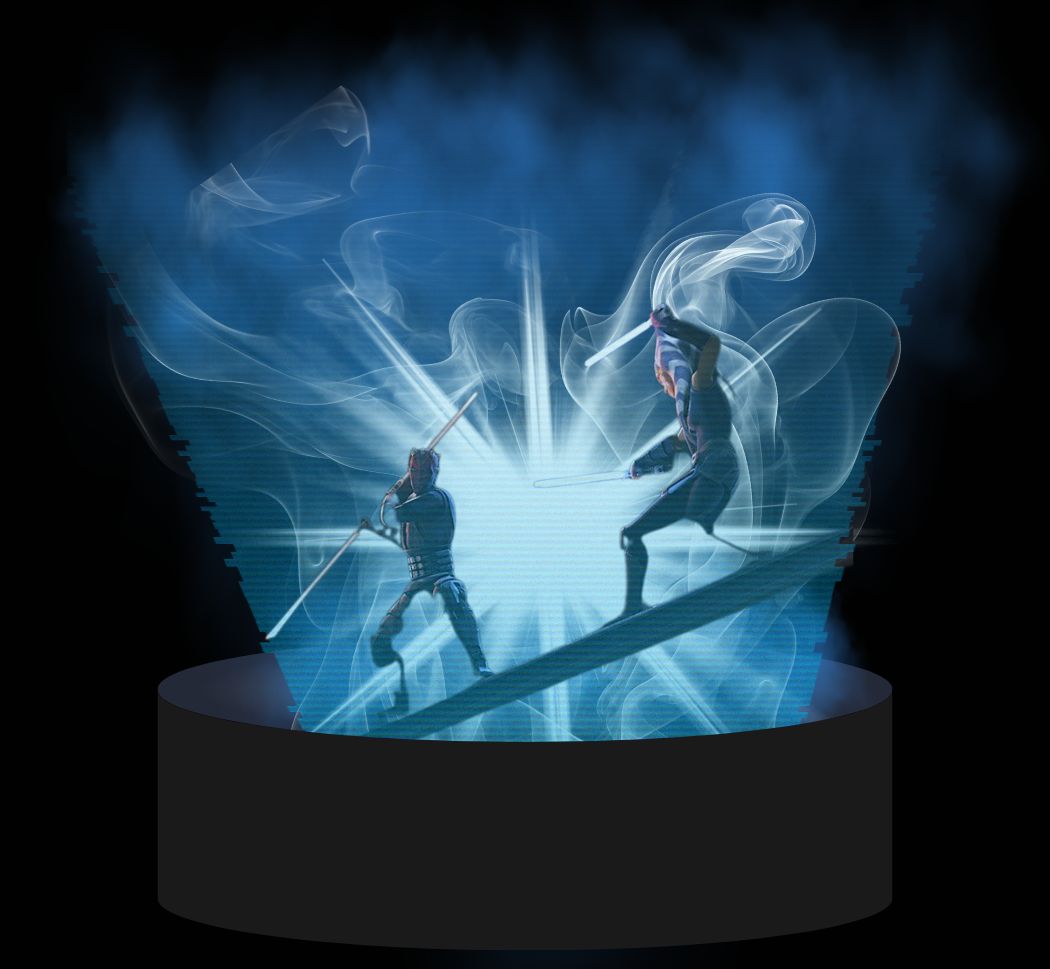
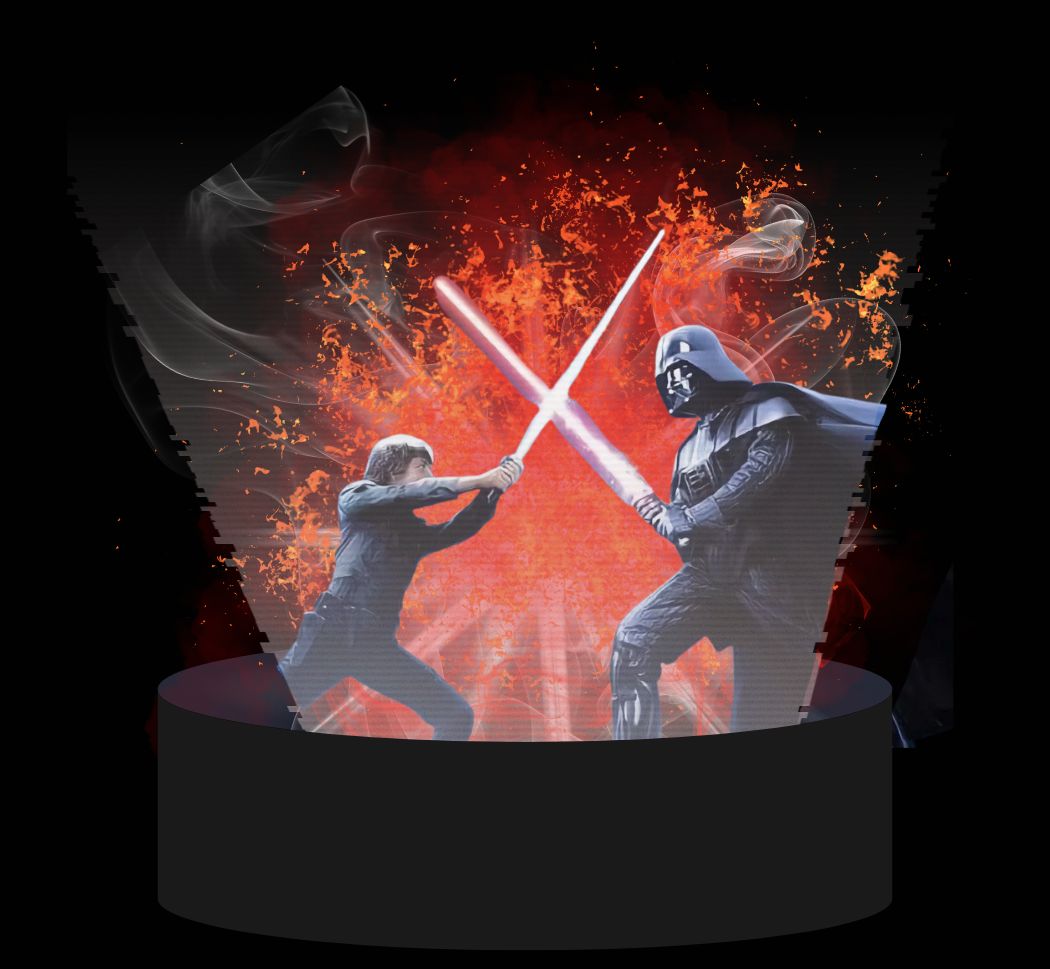
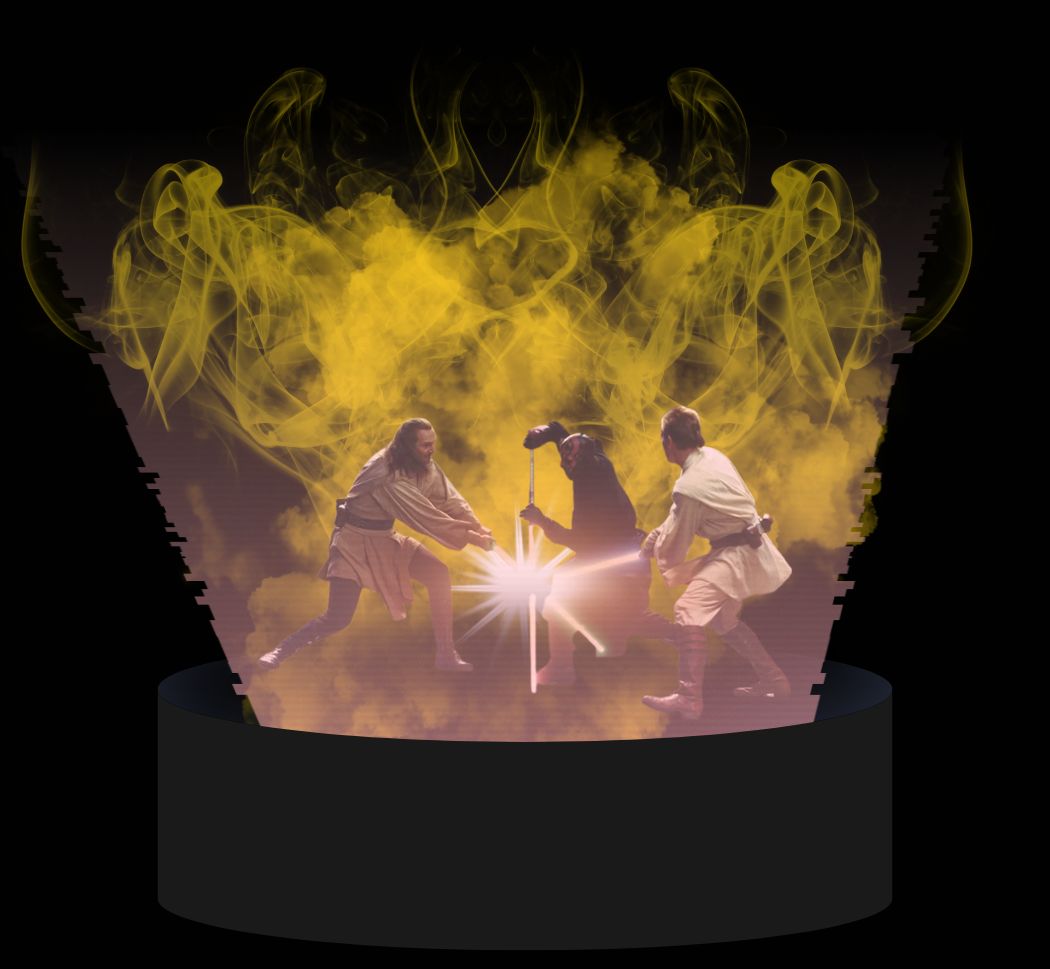

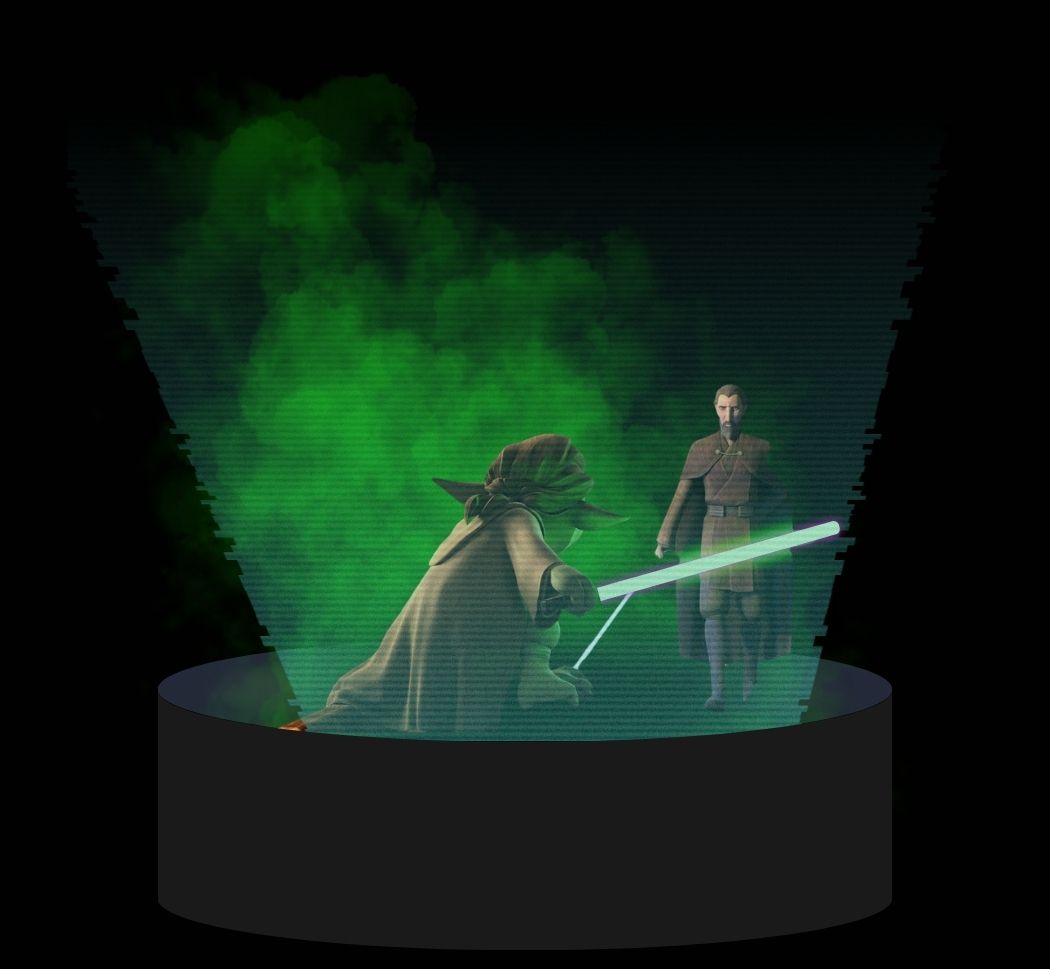




.jpg)
